Wholesale Bamboo Flooring Company
Bamboo flooring is a new type of eco-friendly decorative material based on natural bamboo. It has a good decorative effect and can be widely applied to residences and commercial decoration.
Try our supreme quality bamboo flooring at the best factory price.
Bamboo Flooring Structure
Bamboo flooring comes in a few different variations. According to its construction, it has 2 types: solid bamboo flooring and engineered bamboo flooring.
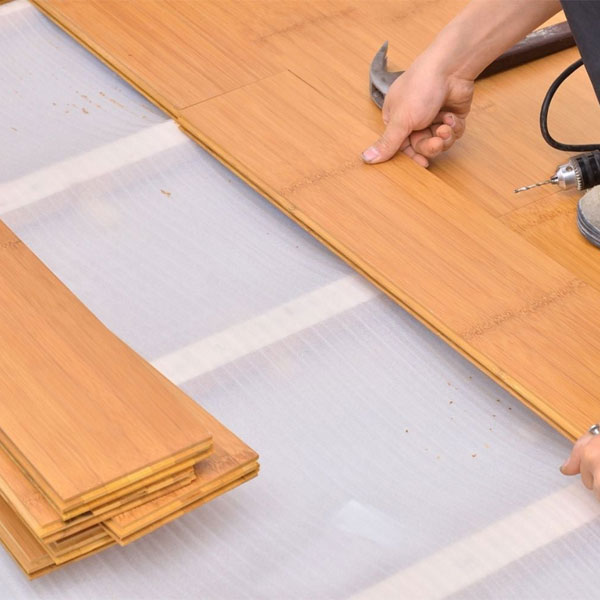
Solid Bamboo Flooring
Solid bamboo flooring is made from 100% strips of dried bamboo wood, compressed and glued together horizontally or vertically to form flooring planks. It’ll give you the most natural look and solid underfoot feel. You can apply it in bedrooms, living rooms, kitchens, and more.
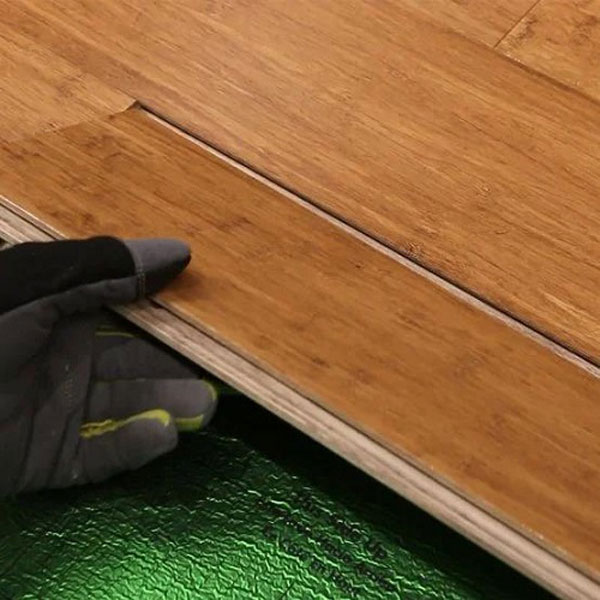
Engineered Bamboo Flooring
Engineered bamboo flooring usually consists of a strand woven bamboo top layer and a backing layer made of high-density fiberboard or plywood. It can be customized into wider planks than fixed or standard-sized solid bamboo planks.
Solid Bamboo Flooring Grains
According to its grain types, it has 3 types: strand woven bamboo flooring, vertical bamboo flooring, and horizontal bamboo flooring.

Strand Woven: Compressed
Strand woven bamboo flooring is made from solid Moso bamboo. The bamboo is shredded and woven together to create a stronger and more versatile floor covering.
By far, it’s the primary and best bamboo flooring for most residential and even commercial use. It is stronger and more durable than vertical and horizontal bamboo flooring.
With its sustainability and eco-friendliness, you’ve got the ideal flooring for your space.

Vertical: Side Pressed
Vertical bamboo flooring is also called side pressed bamboo flooring. The bamboo strips of this type of flooring have been glued and side-pressed together in a vertical pattern.
It has a narrower grain pattern but without the natural bamboo nodes and rings, which makes it avoid color variation.
With the advantage of its almost uniform appearance, it’s usually been installed in large spaces, such as living rooms or commercial spaces.

Horizontal: Flat Pressed
Horizontal bamboo flooring is also called flat pressed bamboo flooring. By horizontally gluing the bamboo strips together creates a wider grain pattern.
In the flat press process, the natural bamboo nodes and rings will be kept on the planks clearly and randomly.
This bamboo flooring is ideal for small residential areas, such as bedrooms, and home offices. You can see its natural color variation from piece to piece.
Bamboo Flooring Colors
According to its color, it has 4 options: natural bamboo flooring, stained bamboo flooring, carbonized bamboo flooring, and tiger bamboo flooring.
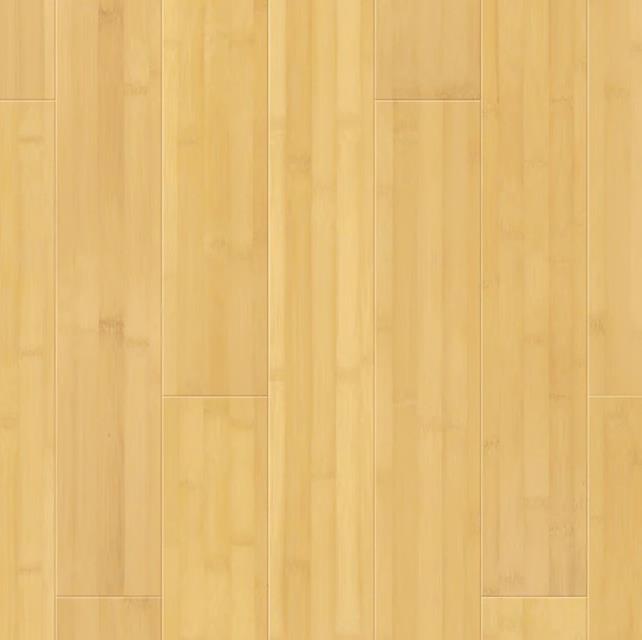
Natural
Natural bamboo has a light pale yellow color. No staining process. It matches well with almost types of space decoration.
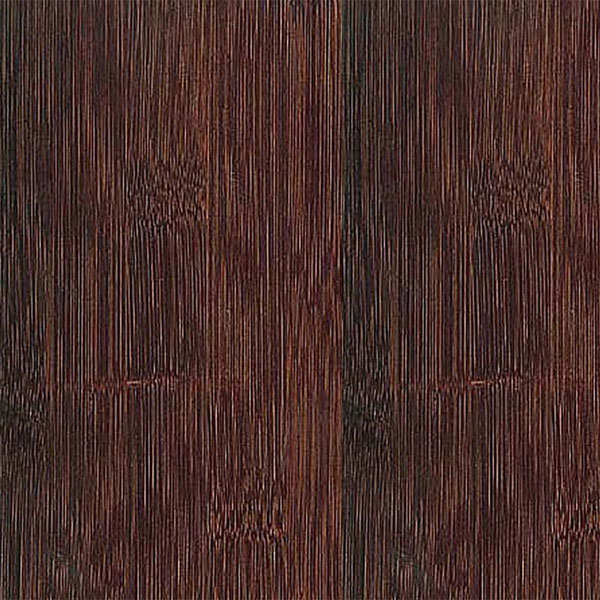
Stained
Stained with pigment to change the natural color into other colors and tones while keeping natural patterns and textures.
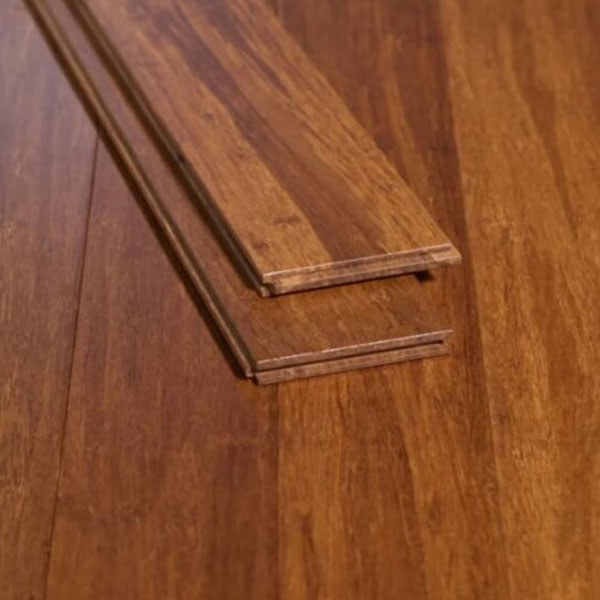
Carbonized
Boil the bamboo planks to carbonize their bamboo fibers. The longer you boil, the darker it comes, and softer it’ll be.
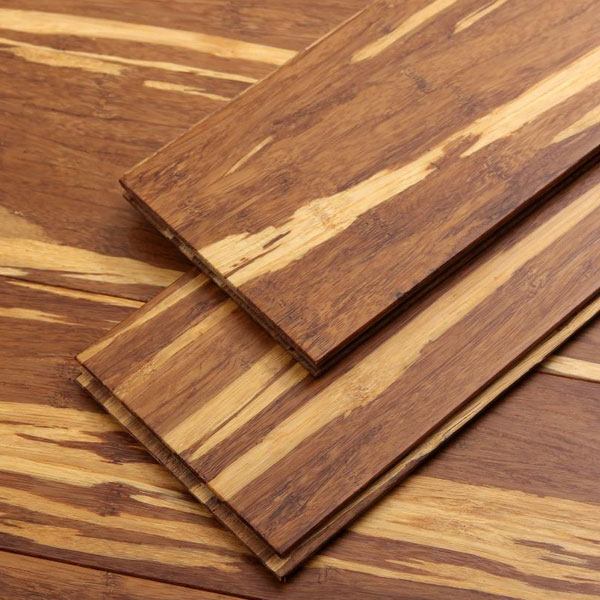
Tiger
The tiger-patterned bamboo flooring is produced by pressing both natural and carbonized bamboo strips together.
Bamboo Flooring Pattern & Texture
We can provide 2 main textured bamboo flooring: smooth bamboo flooring and hand scraped bamboo flooring.
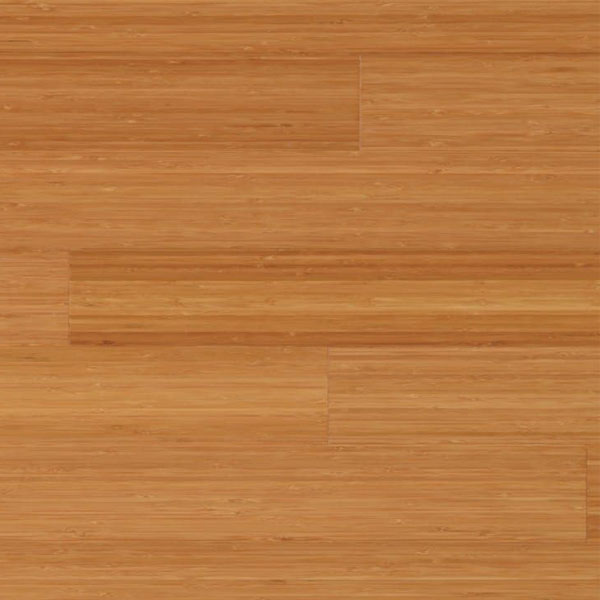
Smooth
Smooth-finished bamboo flooring has an attractive glossy and shiny appearance. But it scratches more easily than textured flooring. We suggest you’d best install it in low and moderate traffic areas.
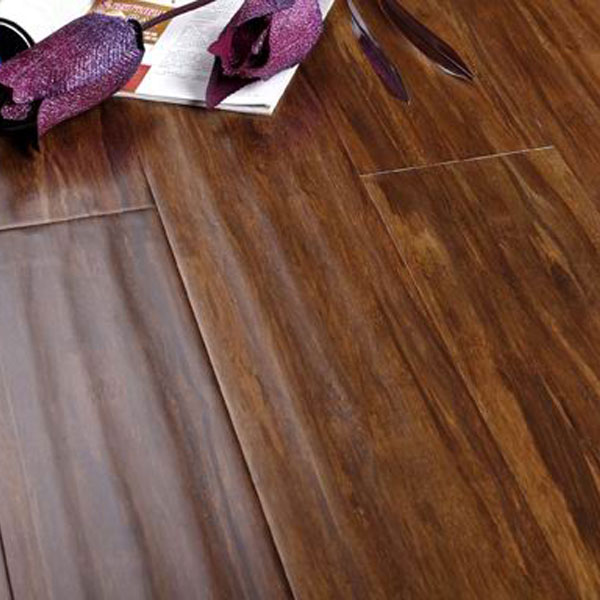
Hand Scraped
Nowadays, the hand-scraping process is finished by machines instead of hands which makes it distressed, looks classic, and brings a rustic feel to the space.
Bamboo Flooring Fitting Types
According to the installation type of bamboo flooring, it has 2 fitting types: tongue & groove and click lock.
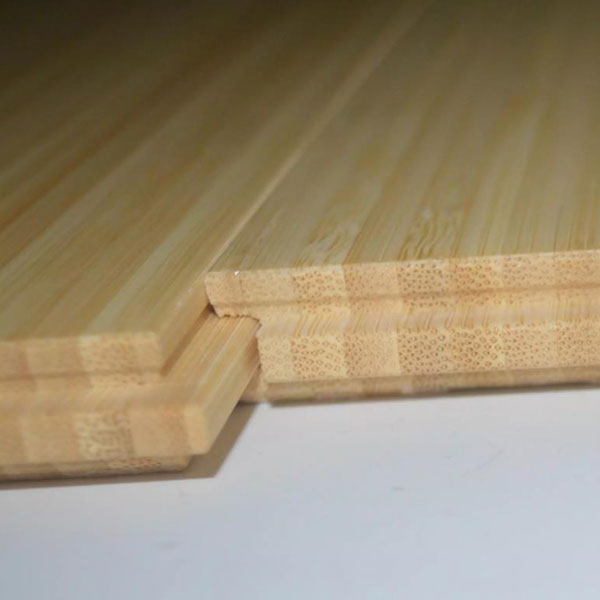
Tongue and Groove
T&G (tongue and groove) is a traditional method of fitting flooring. Fit the tongues into grooves perfectly require professional skills and tools, which help you to avoid wastage. It can be fixed to the subfloor with glue or secret nails, or floated over an underlay.
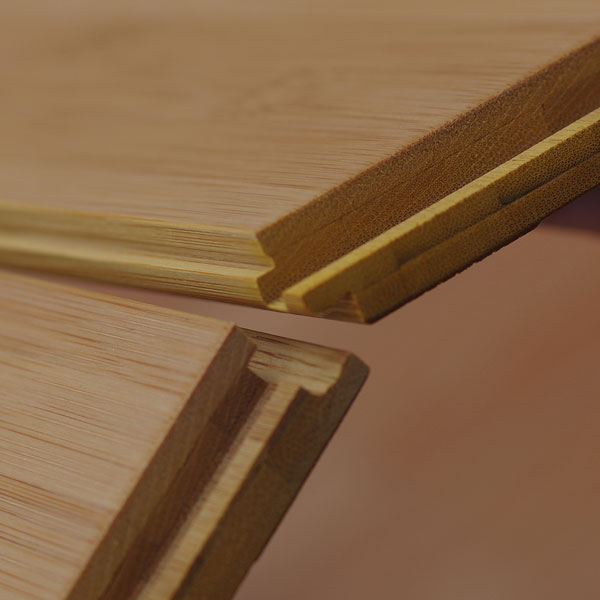
Click Lock
Click-lock is the simplest method to fit bamboo flooring. This DIYer’s suitable fitting method requires less skill and equipment, without the use of glue, screws or nails. Simply click and lock the planks of bamboo flooring into place. It can be floated over an underlay.
Where to Install Bamboo Flooring?
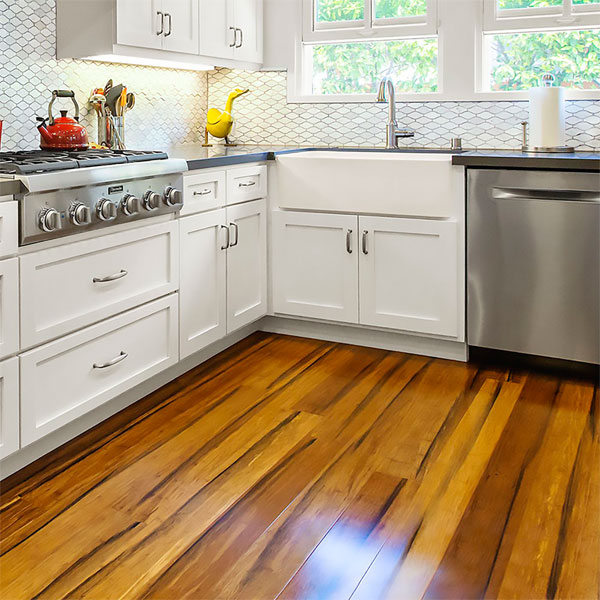
Bamboo Kitchen Flooring
Bamboo flooring is more resistant to water damage than other wood floorings, but it’s not 100% waterproof. Bamboo has 20-hour spill protection, it won’t warp or buckle if you wipe up the spill quickly.
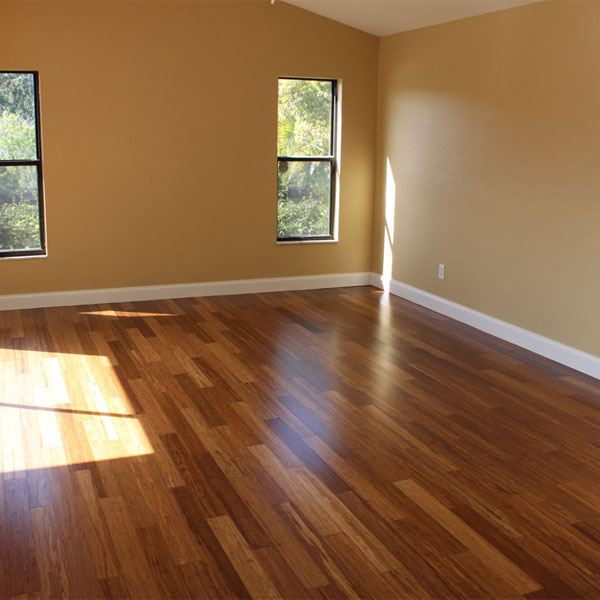
Bamboo Flooring Bedroom
Bamboo flooring is eco-friendly, healthy, warm in winter, and cool in summer, these features make it a great option for bedrooms. It’s not only similar to wood flooring, but also adds a unique and warm ambiance.
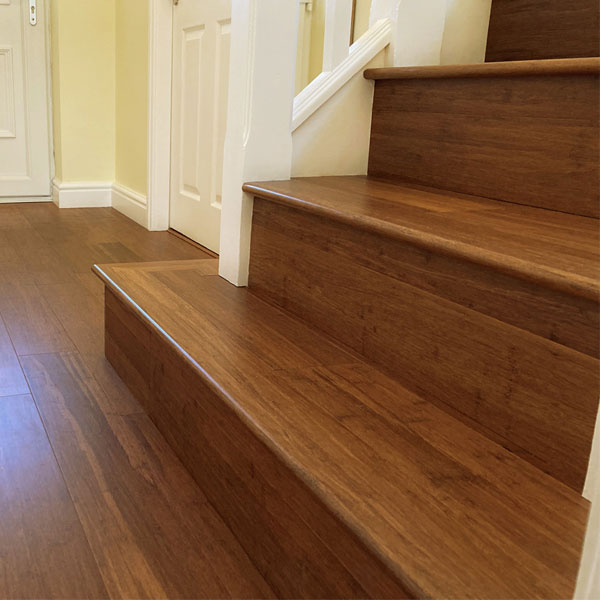
Bamboo Flooring on Stairs
As a floor covering, bamboo flooring is a great option for stairs. It is attractive like traditional hardwood but is made from a renewable resource. You can apply our click-clock bamboo flooring to your stairs easily.
